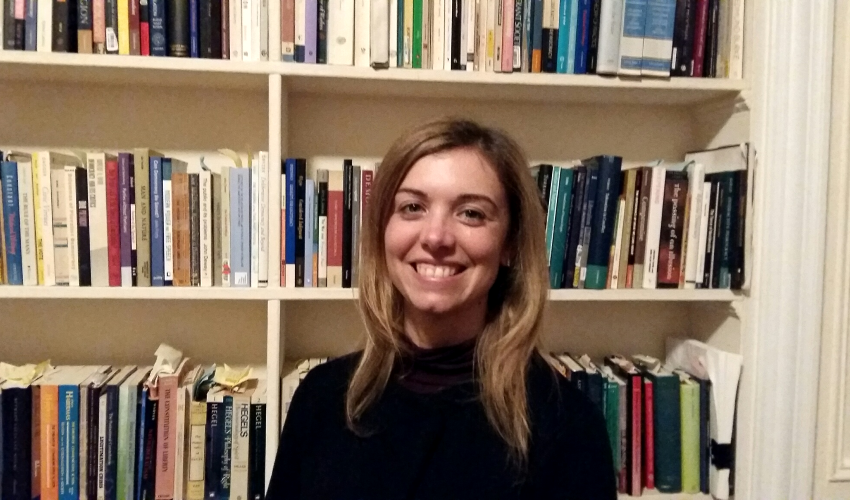
Remembering to Donate
COMBINING NUDGES TO PARENTS AND INVESTMENT IN BLOOD BANKS WOULD INCREASE THE PROPENSITY TO DONATE CORD BLOOD WHICH IS RICH IN STEM CELLS. HIGHER DONATION RATES WOULD ACCELERATE MEDICAL RESEARCH AND CURE PATIENTS SUFFERING FROM BLOOD DISORDERSby Daniela Grieco
Translated by Alex Foti
Placental blood contained in the umbilical cord is an important source of haematopoietic stem cells, already successfully used for transplants in children and adults suffering from blood diseases such as leukemia, lymphoma or thalassemia. Donation of a newborn’s umbilical cord is a quick, painless, and cost free process for parents deciding to give it to a public blood bank.
Combined with the fact that more than 130 million children are born every year around the world, the collection of cord blood is an efficient and promising way to fight many diseases and advance medical research.
Yet only a very low percentage of parents decide to donate their child's cord blood. Some families prefer to keep it for autologous purposes, sustaining a not negligible cost even though at the moment there is no evidence that self-transplants are effective, as documented by the American Academy of Pediatrics. In the vast majority of cases cord blood is eliminated as medical waste (in more than 95% of cases in the United States); in Italy, only 1% of parents donate cord blood to a public medical facility.
A study recently published in Nature.com shows that it would be possible to multiply donations with simple, inexpensive, and non-invasive interventions, such as providing expecting parents with clear and concise information on the procedure, and asking them to express their intention to donate or not before the child’s birth.
We are talking about nudges, the term introduced and popularized by Nobel Prize winner Richard Thaler, to describe non-coercive measures that are introduced to encourage people to behave in virtuous ways in situations where they would like to do so, but find it difficult for a number of reasons. In this case, parents may end up not donating cord blood, although they recognize it’s important to do so, because they postpone filling out the necessary forms to authorize the medical procedure, or because they are overloaded by duties and emotions.
The experimental conditions of the study (funded by the Templeton Foundation and conducted on 850 women who gave birth at the Buzzi Children’s Hospital in Milan) provided that the parents were given information on cord blood donation during the pregnancy (or, in the case of the control group, they were given no information at all), and were asked to express their intention to donate or not. In a further refinement, the information and the request received in the first third of the pregnancy were followed by a reminder in the final three months of the pregnancy aimed at reminding parents of their previous decision, and giving them to possibility to modify it.
The treatment that combined the greater number of nudges (information and initial request, plus reminder and renewed request) made the donation rate jump to 21%, compared to the 2.7% donation rate of parents who had received no information, and to the 11.4% donation rate of parents who had received information only during the first three months of the pregnancy. However, in order to make the donation system really efficient, nudges should not be aimed only at potential donors, but also at policymakers. Although extremely encouraging, the donation rates observed by the experiment do not reflect existing organizational and institutional constraints, such as the lack of medical personnel in charge of the collection of cord blood and blood banks that do not operate on a 24/7 basis.
